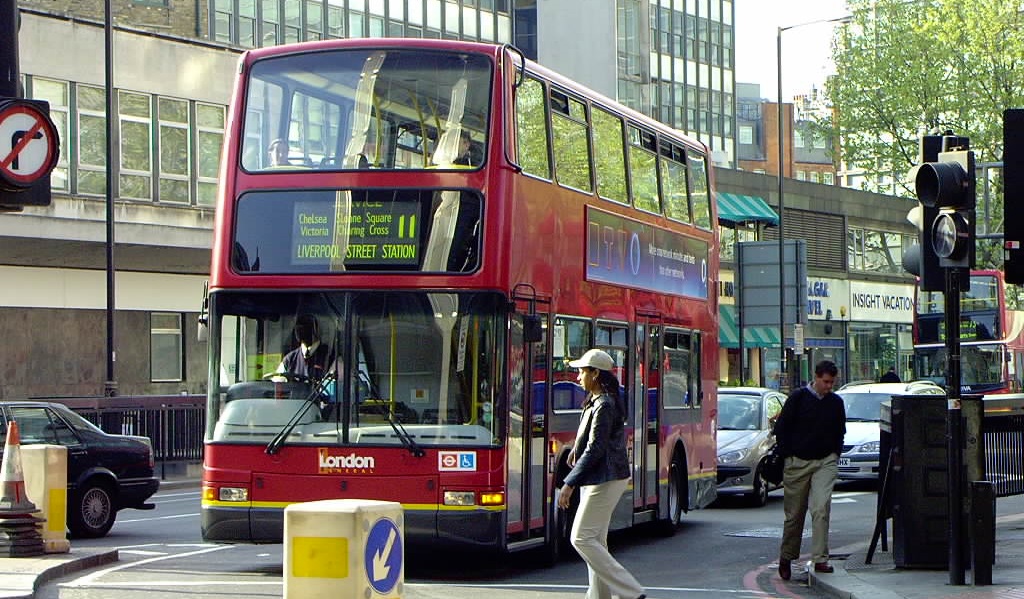LAUNCHING Vision Zero last month, Transport for London said it wants to reduce the number of people killed or seriously injured on London’s roads by 65 percent, with no one being killed on or by a bus by 2030. But with no dedicated chief safety officer in TfL’s surface transport division, covering buses and trams, and without a radical change to its target-driven contracts, these seem pious hopes.
London buses kill around a dozen people a year, nearly all pedestrians. The figure has been remarkably constant – 14 in 2015; 11 in 2016; 13 in 2017 – which suggests improving safety has not been a high priority until now.
According to a recent report to the TfL board, there are 7,000 road traffic collisions, 1,600 injuries, 400 people sent to hospital and 200 killed or seriously injured (KSI) every quarter in incidents involving buses. A board member who raised these matters earlier this year said: “The trends have not been going in the right direction in any area of bus safety for years: not injuries, not collisions, not slips trips and falls, not hospitalisations, not KSIs, not deaths.”
On trams, the safety question is different but equally worrying. The immediate cause of the Croydon disaster in November 2016 – when seven people died and 62 were injured after a tram derailed on a sharp bend because it was travelling at more than three times the 12mph limit – was driver fatigue. It emerged that there had been several previous reports of tram drivers dozing off, possibly as a result of irregular shifts imposed by the operator, Tramlink, a subsidiary of FirstGroup.
As part of its contribution to the investigation into the accident by the Rail Accident Investigation Branch (RAIB), in June 2017 TfL ran an audit of First Group Tram Operations’ management of fatigue risk. Announcing its results, TfL’s then managing director of surface transport, Leon Daniels, said the audit had revealed no concerns.
Although it was claimed by TfL at the time that this audit was passed to the RAIB, this was not the case. And far from giving the fatigue management system a clean bill of health, the audit in fact raised nine concerns about its inadequacies, including the crucial omission that neither tram drivers or control room staff were trained to identify and report fatigue symptoms.
Tom Kearney, an American mine executive who was hit by a bus in Oxford Street in 2009 and was lucky to survive after weeks in a coma, has been campaigning on bus safety ever since and is clear why London’s buses are so deadly.
“The system established to measure and enforce the performance of buses deliberately ignores safety,” he says. “All the emphasis is on keeping to time and there is no incentive to ensure that buses are driven safely.” London Buses are operated by private companies which are incentivised in their contracts to run on time. Kearney was surprised to find that TfL did not release statistics about people killed or injured in bus accidents and it was only through his efforts that it now does so.
Given the lack of a safety culture, it is no surprise TfL has a weak record relative to other cities. A recent Greater London Authority report, Driven to Distraction, summed it up: “Of the 15 world cities measured by the International Bus Benchmarking Group (IBBG), London was one of only five not to have improved since 2007, and was ranked fifth-worst for safety in 2014.”
